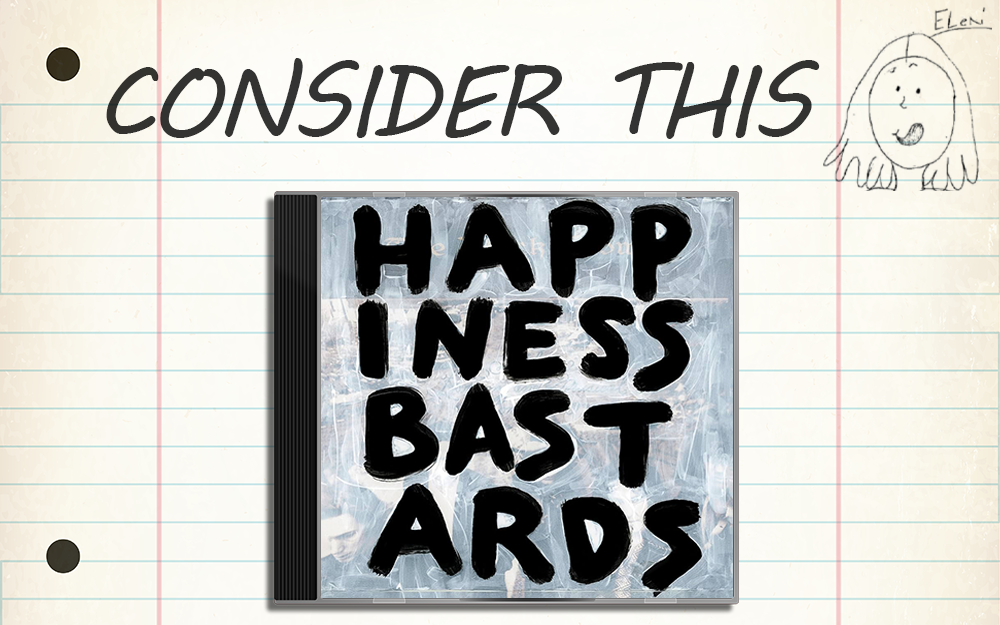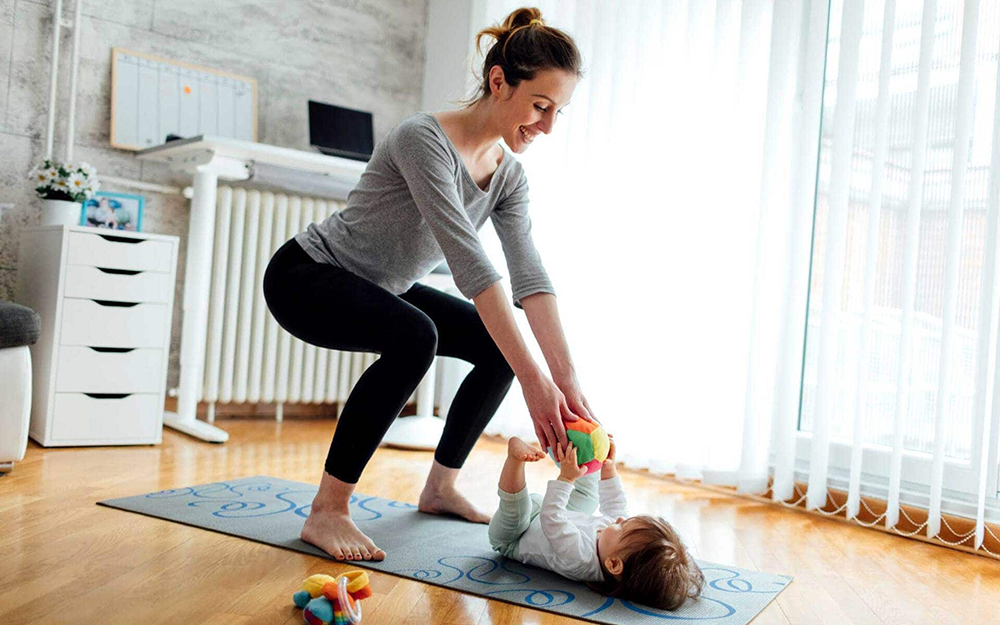
By Rick Riozza
Just fresh off the Oscars, I bet many of you cinema lovers remember the fun film, “What Women Want” starring the young and less-troubled Mel Gibson who played a bachelor father, who after being mildly electrocuted in the bathroom, woke-up to what can only occur in the movies: the ability to listen in on women’s thoughts as he is encountering the ladies.
Well—something similar, without all the suspended imagination, is happening to me as I continue to wine steward at the market. After a couple of years at this gig, it’s getting surprisingly easy to predict, guesstimate or whatever the wine inquiries or desires of the browsing and bargain-hunting women by their body language.
It’s fun and of course I’m not going to write a thesis on this faux-phenomenon, but there are some telling moves, expressions, and auras to speak of—or have I just been working too many hours these days.
For certain, there are many true stats out there on the wine drinking habits of females. American women still love Chardonnay and Merlot and prefer fruity or semi-sweet wines to dry and tannic ones. And no surprise here, for both genders, price is still the deciding factor in deciding what to buy as borne out by survey studies at the Sonoma State Wine Business Institute.
It’s true that women have become an essential target segment for the wine industry when it comes to marketing—53 percent of wine drinkers in the U.S. are women, according to the Wine Market Council, and last year, women matched men as “core drinkers,” those who drink wine at least once a week.
My unofficial survey is that there are a lot more women shopping wine than men. And there are a few different ways they each enter the wine department. For those women who smile a lot and take their time in the aisle, I’m pretty sure, she is going to ask if I can recommend a wine in a varietal category she already likes—as mentioned above, we’ll probably discuss Chardonnay.
Since everyone is looking for a deal, I’ll go ahead and mention something that will “give the biggest bang for the buck”, which means a very tasty wine at the lowest reasonable price. Sometimes though, it could scare them off—following the old saying about cheap wine. But I attempt to be tactful in assuring them that better and better wine is continually produced, and with all the competition out there, very reasonably priced wine is very good.
Plus, if the temperament is right, I’ll humbly inform them that I would not be recommending a wine unless it was indeed good. In a comforting tone, I’ll ask them to just trust me on this and chances are they’ll be back for more and seal the deal for some further recommendations.
In another scenario, there’s the case where the lady is clearly on a mission. Here two different stories play out. One, the lady knows exactly what she wants and simply wants me to find the bottle asap! Easy-breezy. The other situation involves a very interesting but delicate issue—wine wise.
It’s where the rushing lady is in dire need of cooking wine. And often the cooking wine they’re after is that stuff in fact labeled “Cooking wine”—and it’s usually found in the baking aisle. Anyway, every time I hear this request, I somewhat cringe, and offer, “you know in Europe, all wine is cooking wine.”
Cooking with wine is one of the loveliest of all culinary expressions. And we have the freedom in the world to use any and all types of wine we love in our recipes.
But this is such a delicate discussion when I hear that she has been using “Cooking Wine” in her recipe forever—and her mom used it forever too! So I may be coming off rather insensitive when I readily offer my suggestion on her lifelong meal. I mean who the heck do I think I am!
But I go back to the old adage, ‘Use the wine you drink in your cooking”. The point being, when you’re preparing a nice dish with wine and all, you don’t wish to foul things up with some cheap stuff. I don’t know how many times I hear from patrons, “Ahh—I just want to get some cheap wine to cook with.” There’s some wrong assumption there that the cheap qualities of the wine will cook away.
Hey—I’ve tried some of those “cooking wines” out of curiosity and they are nothing you would wish to drink by itself. A lot are salty with strange flavors trying to mimic real wine varietals. I know there’s a good story out there on why these “wine” exist and sell.
Honestly, it doesn’t matter how sensitive, cautious, or discreet I try to be, I really get nowhere with my recommendations, and, I truly risk offending the ladies. Now who wants to act like that?
Although, a lady recently came into the wine department asking for some cooking wine for the night’s dinner, she did have her sights on “labeled cooking wine”. I asked her what she was making. She said, “I’m gonna make some pasta in red sauce.” Music to my ears, I offered her my hand and said, “Please come with me.” As we made our way to the Italian wine section, I sang out, “Cook as the Italians do!—with good ol’ red Italian table wine.”
Hesitant at first, she found that it all made sense. “But I know the special measurements when I use cooking wine. How do I handle bottle of wine?” I casually explained that once she starts adding the wine to the pot, her nose will give her a good idea of the flavors and strength she wishes—no pressure, just have fun. It’s what women want.









































